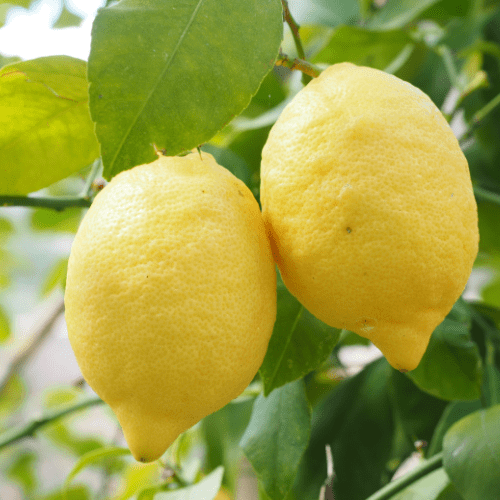Position
Plant your Mexican cherry tree in full sun in a spot that is protected from strong wind. Stake a young tree carefully to protect it from toppling in strong winds. They are self-pollinating; only one tree is required.
Size
The Capulín cherry tree usually reaches a height of about 10 metres, but can grow to up to 15 metres tall with a spread of about 4.5 metres.
Soil Type
The tree is not very fussy about its soil requirements and grows well in any reasonably fertile ground. Use a bag of acid compost or a bag of our berry mix to ensure the correct acidity level for the soil.
Superfrass (R25 per bag) is a natural high quality organic growth enhancer and pesticide which you could add when planting.
Watering
Capulín cherries are quite drought-tolerant but grow better and produce better fruit with regular watering. Give a good thorough watering every 2 to 3 days, if there has been no rain.
Stop watering the tree completely when the cherries change from green to pink, as this will prevent the fruit from splitting.
Fertilising
They respond well to light applications of nitrogen fertiliser when the blossoms first appear in spring, Our slow-release all plant fertiliser is an option.
Mulch
Apply a layer of organic mulch around the base of the plant to retain moisture, suppress weeds, and regulate soil temperature. Keep the mulch away from the stem. Pine bark or pine needles make an excellent mulch.
Pruning
The Mexican cherry tree requires very little pruning to remain productive. However, some pruning is useful to keep them at a desired height and to facilitate fruit harvest. They will take radical pruning and can be grown as a fruiting hedge.
Pests and diseases
Capulíns are relatively free of many pests and diseases afflicting regular cherries and other stone fruit trees. Bacterial gummosis is an occasional problem; some varieties are prone to die-back for unknown reasons. Pests include mites, pear slugs and scale. Birds are attracted to the fruit but are less of a problem than they are with regular cherries.
Treat promptly or preferably use preventative measures by spray with agricultural Neem Oil or Effective Microorganisms (EM Control)
Harvesting
Depending on the climate, Mexican cherries usually ripen from October or November right through to mid-summer. The trees will produce fruit 3-4 years after planting and, under the right conditions, will set more than one crop per season. For unknown reasons, trees with grey bark seem to produce larger fruit than those with darker bark.
The fruits are ready to pick when they have developed full colour and yield to gentle pressure. The skin is thin and tender but sufficiently firm for the fruit to resist bruising. The fruit will keep in the fridge for 4 to 6 weeks in an uncovered container.






